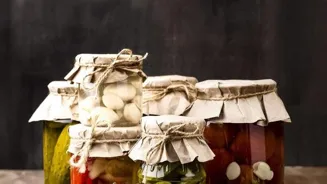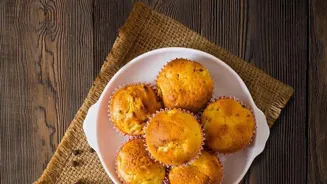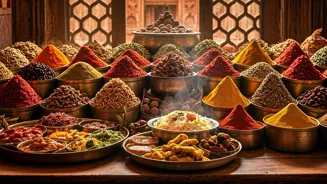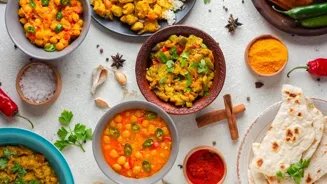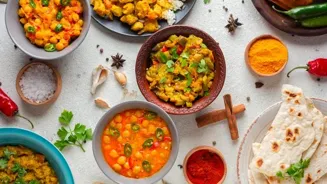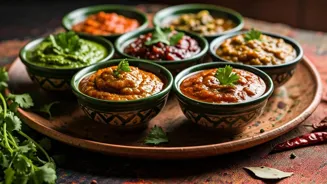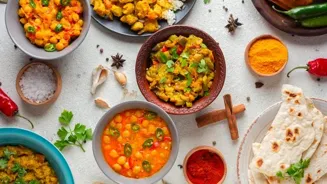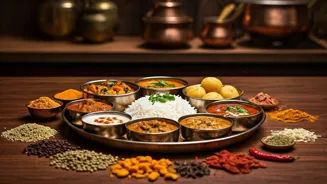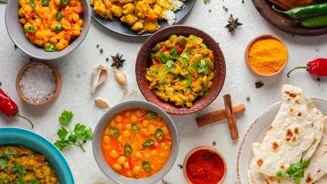Unlock the secrets of Indian pickles! Explore techniques & recipes for vibrant flavors. Dive into the art of pickle-making! Read more
India, a land of diverse cultures and cuisines, boasts a rich culinary
heritage. Among the many gastronomic treasures, Indian pickles, or achaar, stand out as flavorful condiments that add a zesty kick to any meal.
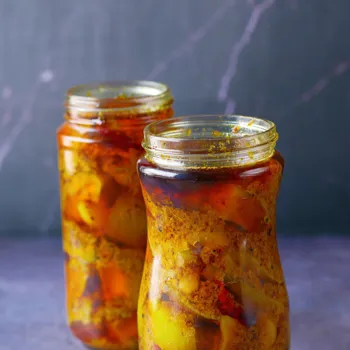
From the fiery mango pickle to the tangy lime pickle, these preserved delights are an integral part of the Indian dining experience. Mastering the art of Indian pickle-making is a journey into traditional techniques, carefully selected ingredients, and a whole lot of patience.
Let's explore the secrets of creating these lip-smacking condiments in your own kitchen.
Choose quality ingredients & spices for perfect pickle
The foundation of any great pickle lies in the quality of its ingredients. Choosing the right fruits or vegetables is crucial. Traditionally, raw mangoes, lemons, limes, carrots, green chilies, and garlic are popular choices for pickle-making.
Ensure that the produce is fresh, firm, and free from blemishes. The spices also play a vital role in the flavour profile of the pickle.
Common spices include mustard seeds, fenugreek seeds, turmeric powder, red chili powder, asafoetida (hing), and various spice blends specific to different regions. Sourcing high-quality spices is key to achieving authentic and vibrant flavors.
Furthermore, the oil used in the pickle acts as a preservative and contributes to its distinct taste. Mustard oil is the preferred choice in many North Indian pickle recipes, while gingelly oil (sesame oil) is often used in South Indian pickles.
The final crucial ingredient is salt, which not only enhances the flavor but also helps to preserve the pickle. Use high-quality, non-iodized salt for the best results.
Remember, the perfect pickle is a harmonious blend of these carefully chosen ingredients, creating a symphony of flavors that tantalize the taste buds.
Sun-drying essential for Indian pickles; hygiene crucial for safety
The traditional method of sun-drying is essential for many Indian pickle recipes. This process removes excess moisture from the ingredients and helps to prevent spoilage.
After washing and cutting the fruits or vegetables, they are typically spread out on a clean cloth or tray and left under the sun for several days, depending on the intensity of the sunlight.
The duration of sun-drying can vary from a few hours to several days, depending on the type of pickle and the weather conditions. It's important to protect the drying ingredients from dust, insects, and moisture by covering them with a muslin cloth.
Another critical aspect of pickle-making is ensuring hygiene. Use clean and dry utensils and jars to prevent contamination and spoilage. Sterilizing the jars by boiling them in water or baking them in the oven is a good practice. Also, always use a clean and dry spoon to handle the pickle.
Maintaining proper hygiene is crucial for the longevity and safety of your homemade pickles.
Explore classic Indian pickle recipes: Mango Pickle with spices & Lime Pickle with tangy flavors
Now, let's delve into a couple of classic Indian pickle recipes that you can try at home. First, we have the quintessential Mango Pickle. For this recipe, you'll need raw mangoes, mustard oil, mustard seeds, fenugreek seeds, turmeric powder, red chili powder, asafoetida, and salt.
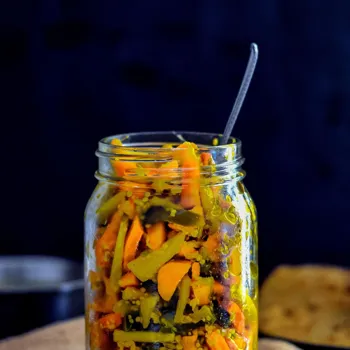
Cut the mangoes into small pieces and sun-dry them for a few days until they lose some of their moisture. In a large bowl, combine the dried mangoes with the spices and salt. Heat mustard oil in a pan until it smokes, then let it cool completely.
Pour the cooled oil over the mango mixture and mix well. Store the pickle in sterilized jars and keep them in a cool, dark place. Allow the pickle to mature for at least a week before consuming. Next, we have the tangy Lime Pickle.
This recipe requires limes, salt, turmeric powder, red chili powder, and mustard oil. Cut the limes into quarters and mix them with salt and turmeric powder. Place the lime pieces in a sterilized jar and leave them in the sun for several days, shaking the jar occasionally.
The limes will soften and release their juices. Once the limes have softened, add red chili powder and a little mustard oil. Mix well and store the pickle in a cool, dark place. The Lime Pickle is ready to eat after a few days of maturation.
Challenges in making Indian pickles: mold growth, flavor balance, shelf life tips
Making Indian pickles can sometimes present challenges. One common issue is the growth of mold, which can occur due to insufficient drying or contamination. To prevent mold, ensure that the ingredients are thoroughly dried before adding them to the pickle.
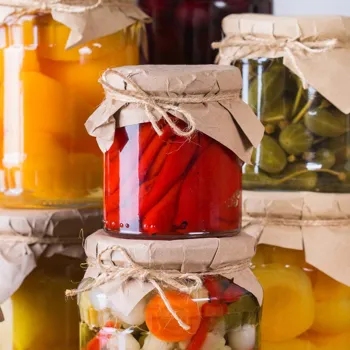
Also, make sure that the jars and utensils are clean and dry. If you notice any signs of mold, discard the affected pickle immediately. Another challenge is achieving the right balance of flavors. Pickles are all about the interplay of sourness, spiciness, and saltiness.
It might take a few attempts to get the proportions just right. Don't be afraid to experiment with different spice combinations and adjust the amount of salt according to your preference. Remember, pickle-making is a learning process, and each batch will bring you closer to perfecting your craft.
Also, the shelf life of homemade pickles can vary depending on the ingredients and storage conditions. Properly made pickles can last for several months, or even years, if stored in a cool, dark place.
Explore creative pickle-making with unique ingredients and regional inspirations for tasty results
Beyond the traditional recipes, there's a world of creativity to explore in pickle-making. Feel free to experiment with different fruits, vegetables, and spice blends to create your own unique variations.
For instance, you could try adding ginger, garlic, or green chilies to your Mango Pickle for an extra kick. Or, you could incorporate mixed vegetables like carrots, cauliflower, and turnips into your Lime Pickle for added texture and flavor.
Regional variations also offer inspiration for innovative pickle recipes. Each region of India has its own unique style of pickle-making, with distinct ingredients and techniques. Explore the diverse range of pickles from different states and try to recreate your favorite regional flavors.
Remember, the key to successful pickle-making is to be open to experimentation and to have fun in the kitchen.
Mastering Indian pickles: a flavorful culinary adventure
In conclusion, mastering Indian pickles is a rewarding culinary adventure that allows you to create flavorful condiments that enhance any meal.
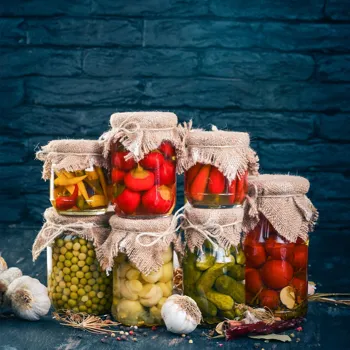
By understanding the importance of quality ingredients, mastering traditional techniques like sun-drying, and practicing good hygiene, you can create pickles that are both delicious and safe to eat. So, gather your ingredients, choose a recipe, and embark on your own pickle-making journey.
With a little patience and experimentation, you'll be able to create homemade pickles that will impress your family and friends. Happy pickling!
AI Generated Content. Glance/InMobi shall have no liability for the content